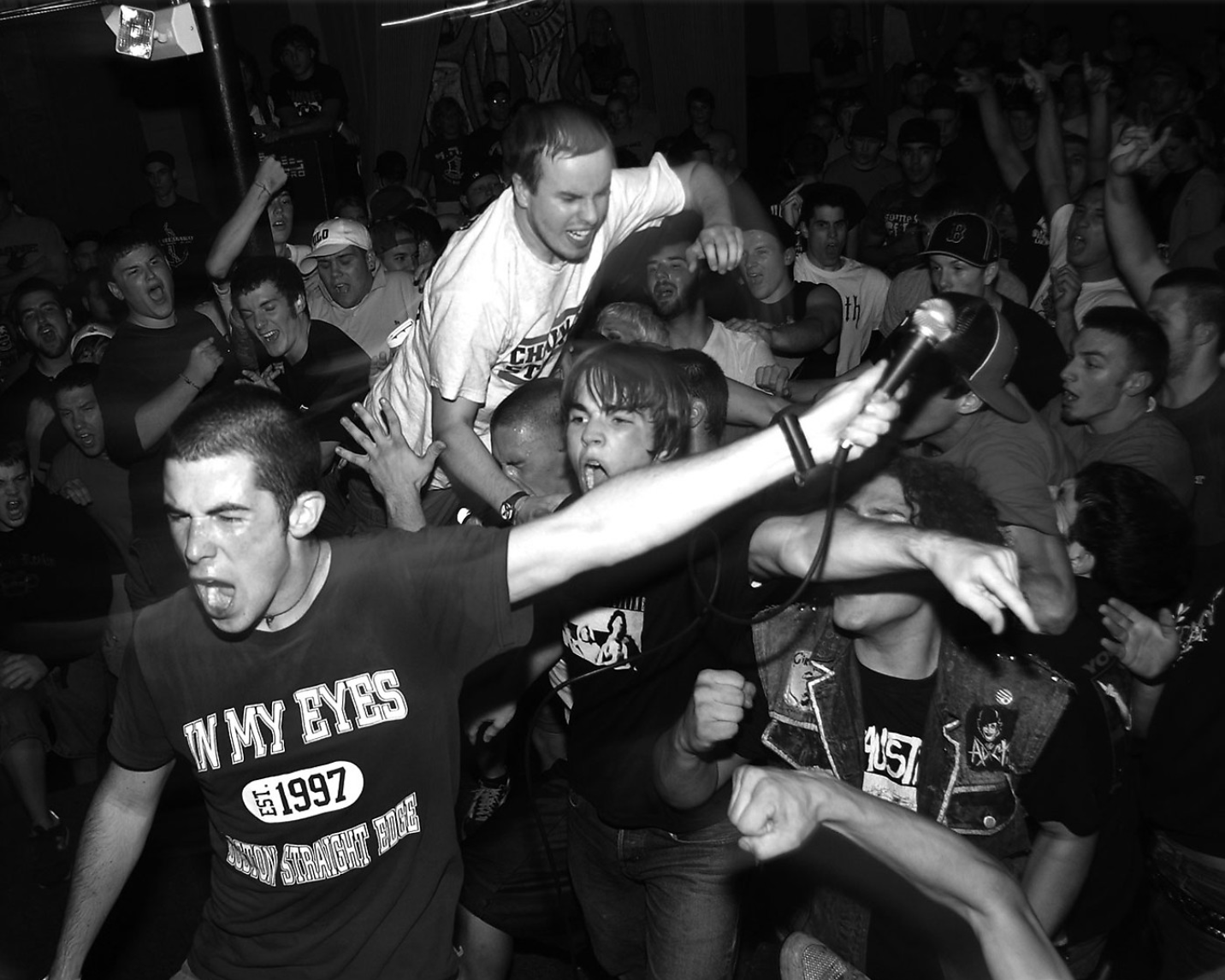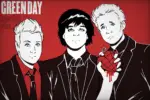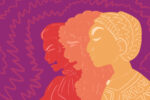In 2018, a number of notable female musicians appear to have broken the industry’s glass ceiling, with artists like Ariana Grande, Dua Lipa and Halsey enjoying immense commercial and popular success. In the hardcore and metal music scene, however, there’s a notable absence of women. Indeed, pictures of most metal bands seem to show only a group of five to six men with no women in sight.
There have been women in punk and hardcore music in the past. In the 1970s, female artists like Joan Jett, Patti Smith and Alice Bag helped lead the nascent genre out of the dark with their searing lyricism and haunting, growling deliveries. Although punk music is imagined as a scene for angry young men, Helen Reddington of the English punk band The Chefs noted that in the 1970s, women used the genre as a venue for raw self-expression. Through their lyrics, women could comment on political and social issues among one another, often building solidarity with other female punk rockers.
Over the next decade, however, as Reddington somberly noted, the influx of women in the hardcore and punk scene declined. Punk rock in Britain became commercialized and the radical allure of politically charged songs was no longer as marketable. Women were offered fewer opportunities in punk rock, and the few opportunities they did receive were highly dependent on their physical appearance and youth. The women that remained in the punk rock scene stayed underground, and today they have become a minority in contemporary hardcore music.
One reason for the absence of women in hardcore music today is unsurprising: misogyny. Hardcore music, already a male-dominated genre, is difficult for female musicians to penetrate without facing some harassment, objectification or even violence.
Women who are simply fans of the genre can attest to this. Attending concerts, while an exciting opportunity for any hardcore fan, can also be a nerve-wracking experience for women. For starters, the audience generally consists of hundreds of sweaty, intoxicated men. As a result, getting groped or harassed by male fans who perceive them as sexual objects is a near guarantee. In one occasion last year, Sam Carter, the vocalist of the band Architects, had to pause a concert to reprimand a man for groping a woman’s breast in the crowd. Most female fans, however, hope that they can just find someone to chat about music with.
To make matters worse, bands often encourage the sexual objectification of women not just in their lyrics, but in their own attitudes toward their fans. In the past, the vocalists of metalcore bands, such as Asking Alexandria and Bring Me The Horizon, have openly bragged in interviews about their sexual conquests of young, impressionable female fans.
Indeed, beginning with the classic rock bands of the ’80s, the tradition of male musicians sleeping with their female followings has been well documented. Allegations of Mötley Crüe, Alice Cooper and Judas Priest having sex with their so-called groupies are practically rock n roll canon. The practice developed into so commonplace an occurrence that post-concert hookups became a tradition embedded within the culture of male rock music. Nonetheless, these musicians’ attitude toward women and young girls — many of who are underage, in the case of Pierce the Veil’s Mike Fuentes — causes the average female fan to dread the prospect of meeting her favorite musician, only to find out he only sees her as no more than a one-night stand.
In addition to the sleazy sex, the hardcore scene is littered with casual misogyny and contempt for women. On March 10, Atilla’s vocalist Chris Fronzak tweeted a picture of a plus-sized girl with a shirt saying, “I’m a f—ing feminist,” and captioned the photo with “Why does everyone who attacks me on twitter look like this?” Dejected, many women expressed that they saw his commentary as his mocking of his feminist fans as being conventionally unattractive, hysterical women. Meanwhile in his Twitter replies, many of his male fans quickly agreed with him and even went as far as affirming that his female critics did resemble the woman in the photo. Fronzak’s attitude toward women shows that in the metal and rock scene, when women are not sexual objects, they are a laughingstock.
Why does everyone who attacks me on twitter look like this? pic.twitter.com/lEFFLZ8F2m
— Chris Fronzak (@FRONZ1LLA) March 11, 2018
Two organizations actively work to help reduce sexual assault at shows and bring awareness to the issue within the genre. Based in England, Girls Against describes themselves as intersectional feminists who fight against sexual assault for all genders across various music genres. Another organization dedicated to preventing sexual assault in hardcore and metal music is Safe Gigs for Women, which works with fans, bands and venues to create an environment free of sexual violence, groping and verbal harassment. With activism from organizations like Girls Against and Safe Gigs for Women, women are now actively working to improve the environment at hardcore shows.
In the past, spaces for women in the hardcore scene were not uncommon. But, as Reddington said, women in the revolutionary 1970s still experienced sexism and harassment. However, they were able to build themselves up by playing at women’s centers. In other words, female musicians began to play for female fans who could relate to their lyrics and be free of the male gaze at the same time. Moreover, they also found acceptance at politically charged punk shows dedicated to combating societal prejudices and racism, where youth openly challenged antiquated ideas.
To encourage women to become public figures in the hardcore music scene, music venues, fans and bands first have to ensure that the industry can respect their bodies and voices. Like in the 1970s, the relationship contemporary hardcore fans have with politics, gender and race can determine how they react to women in the crowds and on the stage. Small acts of awareness from bands like the Architects or from organizations like Safe Gigs for Women will hopefully awaken the hardcore scene to the potential female musicians have in the industry, as well as the fundamental respect they deserve as humans.
















